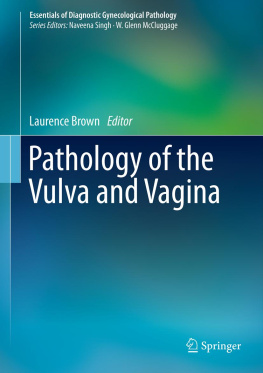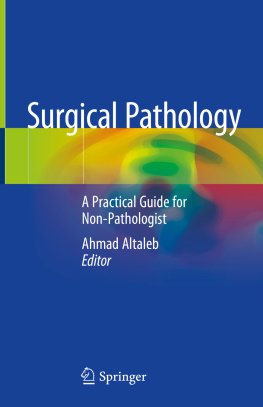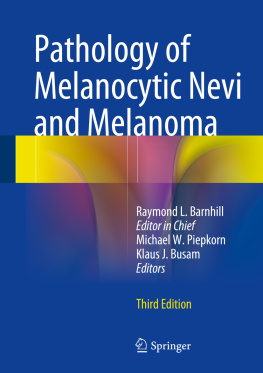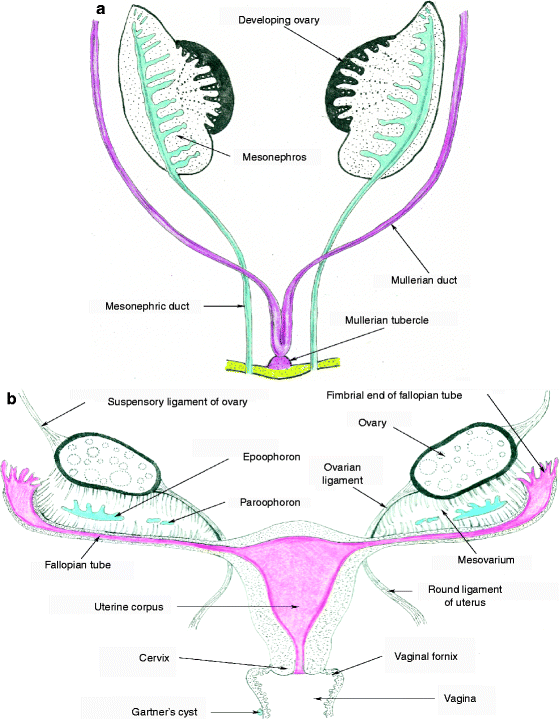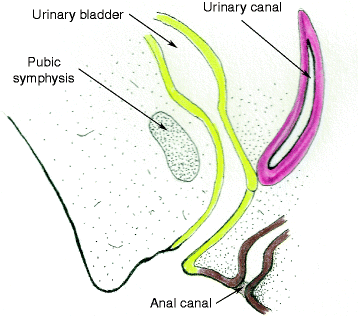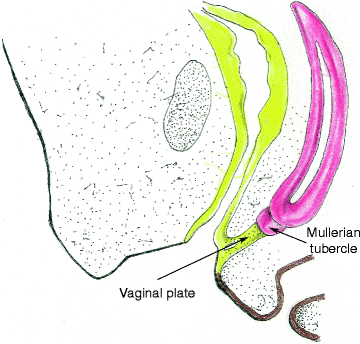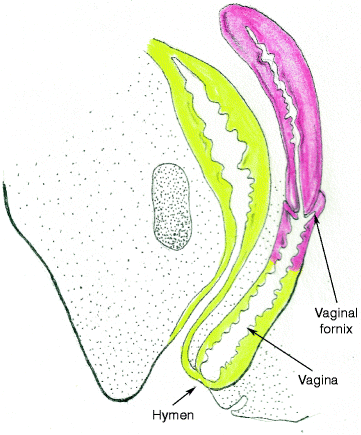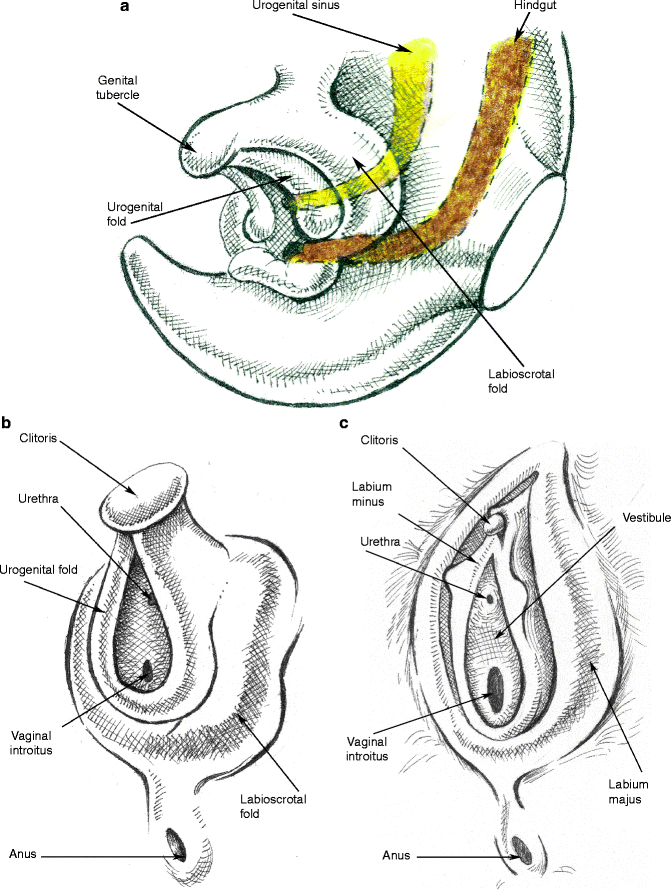Laurence Brown (editor) - Pathology of the Vulva and Vagina
Here you can read online Laurence Brown (editor) - Pathology of the Vulva and Vagina full text of the book (entire story) in english for free. Download pdf and epub, get meaning, cover and reviews about this ebook. year: 2012, publisher: Springer Nature, genre: Romance novel. Description of the work, (preface) as well as reviews are available. Best literature library LitArk.com created for fans of good reading and offers a wide selection of genres:
Romance novel
Science fiction
Adventure
Detective
Science
History
Home and family
Prose
Art
Politics
Computer
Non-fiction
Religion
Business
Children
Humor
Choose a favorite category and find really read worthwhile books. Enjoy immersion in the world of imagination, feel the emotions of the characters or learn something new for yourself, make an fascinating discovery.
- Book:Pathology of the Vulva and Vagina
- Author:
- Publisher:Springer Nature
- Genre:
- Year:2012
- Rating:4 / 5
- Favourites:Add to favourites
- Your mark:
Pathology of the Vulva and Vagina: summary, description and annotation
We offer to read an annotation, description, summary or preface (depends on what the author of the book "Pathology of the Vulva and Vagina" wrote himself). If you haven't found the necessary information about the book — write in the comments, we will try to find it.
Doctors and the general public are increasingly recognising diseases of the vulva and vagina as a cause of sexual dysfunction, morbidity and death, yet the wide but sometimes rare range of conditions involving this area are poorly represented in most textbooks of pathology. As the first volume in the Essentials of Diagnostic Gynecological Pathology series sponsored by the British Association of Gynecological Pathologists, Pathology of the Vulva and Vagina is one of the very few dealing wholly with this subject.
Pathology of the Vulva and Vagina introduces the topic with a stylishly illustrated description of the embryology and development which is fundamental to understanding the pathogenesis and symptomatology. Subsequent chapters cover infections and non-infectious dermatoses, specifying those that can predispose to cancer. The precancerous conditions of vulval intraepithelial neoplasia, melanocytic proliferations and extra-mammary Pagets disease are integrated respectively with accounts of human papilloma virus, malignant melanoma and recent awareness of ano-genital mammary-like glands. Advances in the recognition of potentially confusing benign conditions, prognosis and staging update the pathology of squamous and adenocarcinoma in these organs. The difficulties of sentinel node biopsy are explored and a comprehensive chapter clearly highlights the difficult differential diagnosis of mesenchymal lesions.
As most histopathology departments receive many gynecological specimens, Pathology of the Vulva and Vagina has been written to be useful diagnostically to general as well as specialist gynecological histopathologists and pathologists in training. Gynecologists, oncologists, dermatologists, genitourinary physicians and cancer nurse specialists will find expert insights here that will help in treatment and counselling of their patients.
Laurence Brown (editor): author's other books
Who wrote Pathology of the Vulva and Vagina? Find out the surname, the name of the author of the book and a list of all author's works by series.

